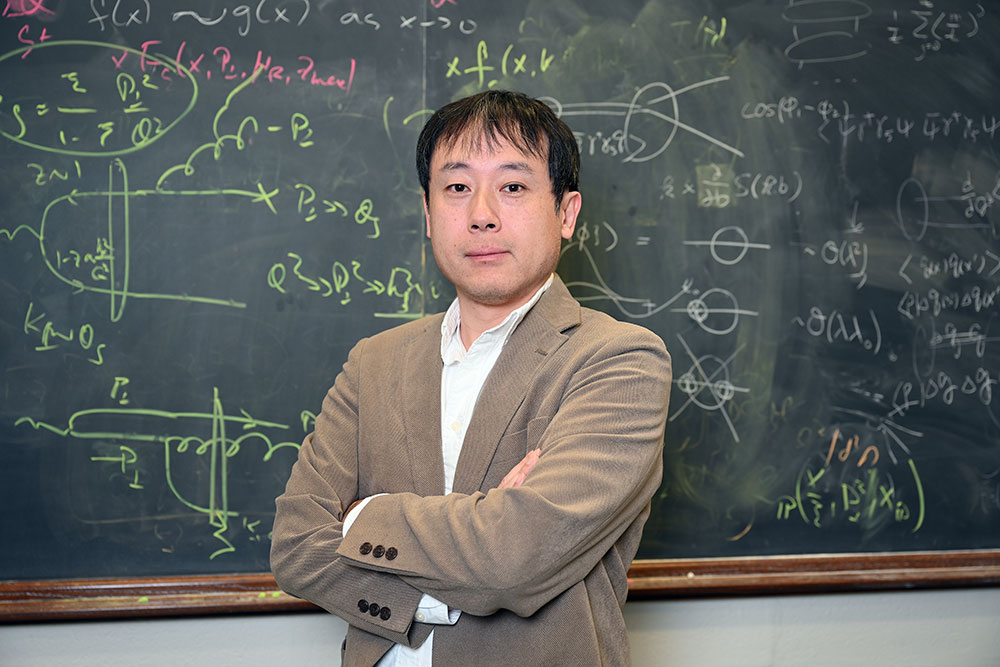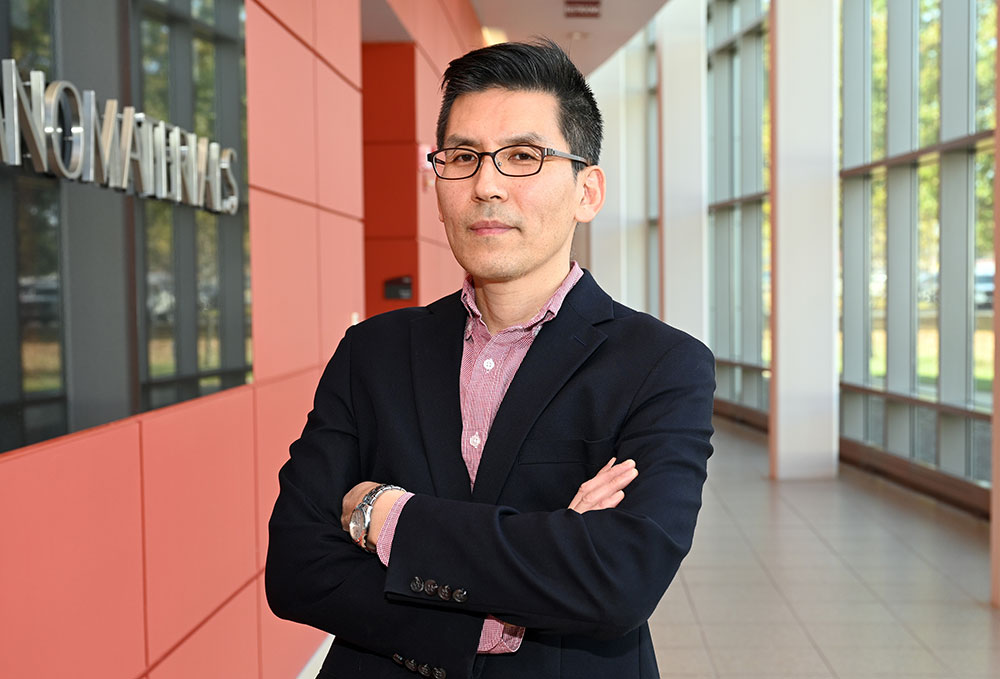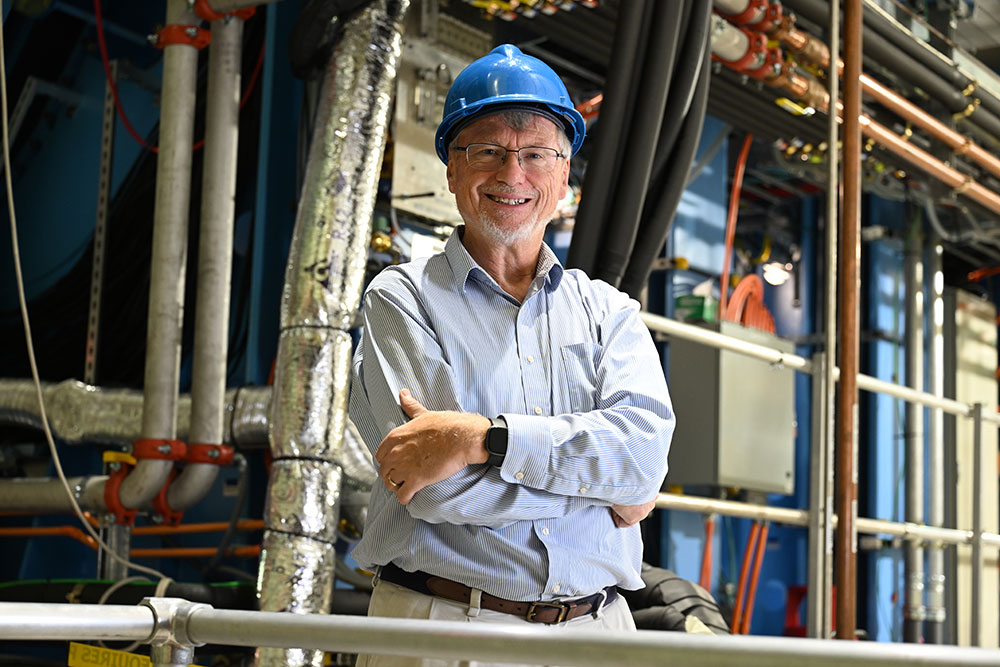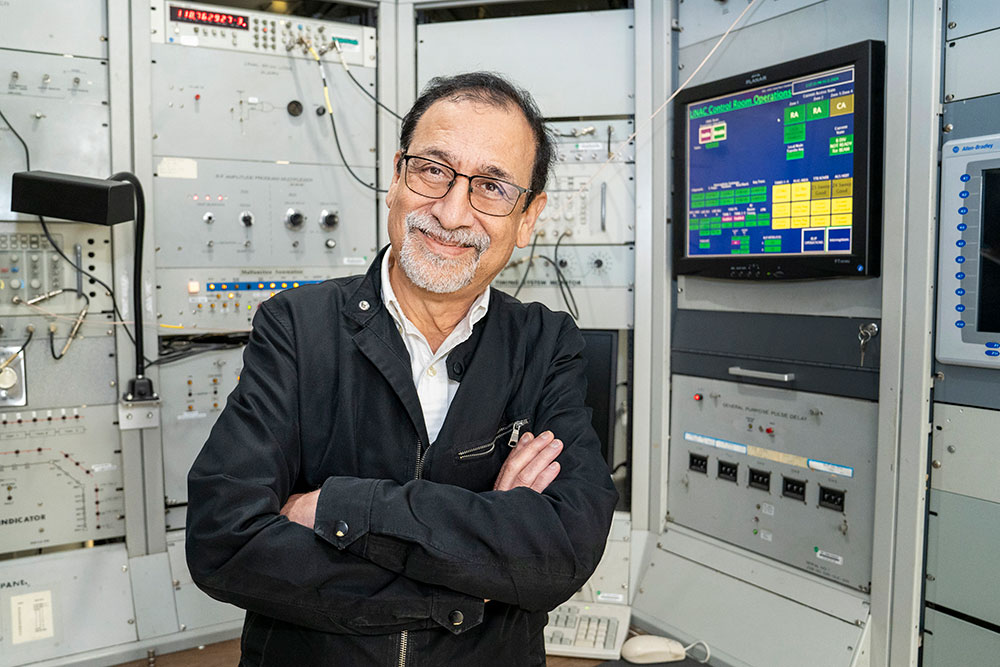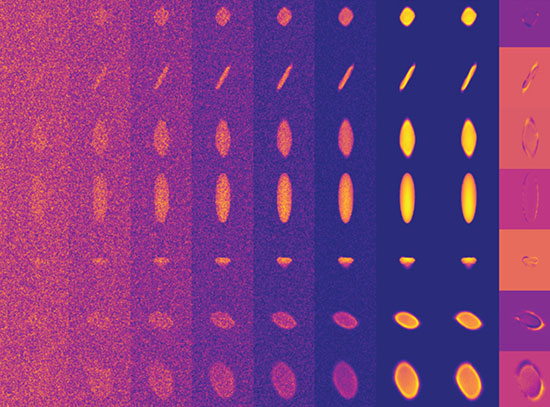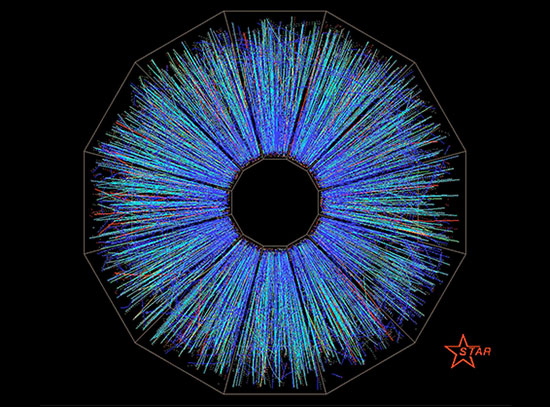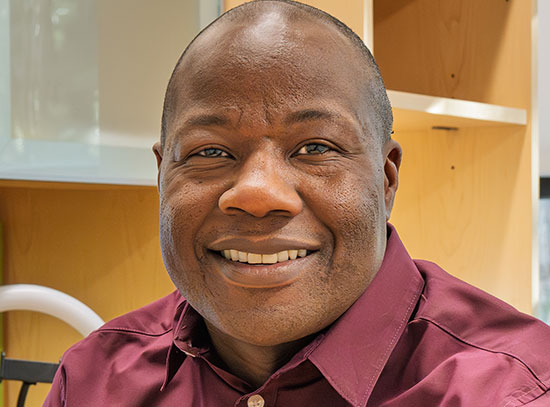Meet the 2024 Science & Technology Award Recipients
November 18, 2024
At the U.S. Department of Energy’s Brookhaven National Laboratory, the Science & Technology Awards are presented to recognize distinguished contributions to the Laboratory’s science and technology objectives. The 2024 recipients are:
Michael Begel, Physics Department
Michael Begel is at the forefront of particle physics and advanced detector technology. He has made outstanding contributions to the ATLAS experiment at the Large Hadron Collider, including its detector operation and performance, jet physics and search for new phenomena beyond the Standard Model, and detector upgrades.
For the ATLAS Phase-I upgrade, Begel pioneered the Global Feature Extractor (gFEX), a novel component that collects calorimeter data on a single high-density, high-throughput board. He is also part of the team that developed a new readout platform for ATLAS: the Front-End LInk eXchange (FELIX), a specialized router between front-end electronics and commodity networks. Because of its versatility, FELIX is now part of many experiments worldwide, including sPHENIX at the Relativistic Heavy Ion Collider and the ePIC experiment at the future Electron-Ion Collider. Begel also leads the Global Trigger for the ATLAS Phase-II upgrade.
Begel’s leadership extends beyond technical achievements. His mentorship has been exceptional — three scientists under his supervision earned Early Career Awards from the U.S. Department of Energy Office of Science. He also champions diversity in physics through his support of the African School of Physics and by mentoring graduate students, including GEM fellows.
Yoshitaka Hatta, Physics Department
Yoshitaka Hatta has made outstanding contributions to our understanding of proton structure, particularly the origin of proton mass and spin, through theoretical studies within Quantum Chromodynamics (QCD).
Hatta’s pioneering work on orbital angular momentum provided a rigorous definition of canonical orbital angular momentum and a gauge invariant completion of the Jaffe-Manohar sum rule. He proposed experimental observables sensitive to orbital angular momentum. Hatta also advanced the study of QCD Wigner distributions, which provide a complete five-dimensional description of parton distribution inside protons. His proposals for experimentally accessing these distributions, previously thought unmeasurable, open important new directions in science at the future Electron-Ion Collider (EIC).
Hatta’s research is vital to the Laboratory's science programs, including at the Relativistic Heavy Ion Collider and EIC. By establishing crucial links between QCD theory and experimental measurements, his work is advancing our understanding of how quarks and gluons contribute to proton spin — a key objective of both facilities.
Chang-Yong Nam, Center for Functional Nanomaterials
Chang-Yong Nam is a leader in materials synthesis and electronic device fabrication whose most significant impact lies in applying hybrid materials research to two key areas of microelectronics: energy-efficient computing and extreme ultraviolet lithography. His rare ability to integrate and coordinate research across disparate fields has enabled exceptional achievements in materials science.
Nam developed hybrid materials that improve the performance of memory components for neuromorphic computing. He also created enhanced materials for extreme ultraviolet lithography in semiconductor fabrication. Because of his expertise, Nam secured funding through the U.S. Department of Energy's Accelerate Innovation program to accelerate innovation with these materials, strengthening the Laboratory's position in microelectronics development.
To advance microelectronics research, Nam has established partnerships across the Laboratory, including with the National Synchrotron Light Source II and Instrumentation Department. His external collaborations with the National Institute of Standards and Technology, Samsung Electronics, IBM, and academic researchers have brought new opportunities to Brookhaven. His research has generated more than 5,000 citations and 13 patents.
Edward ‘Ed’ O’Brien, Physics Department
Ed O’Brien has shaped nuclear physics research at Brookhaven Lab through his leadership of not one but two flagship experiments at the Relativistic Heavy Ion Collider (RHIC). His expertise spans experimental nuclear physics, detector design, engineering, and management of large detector operations and upgrade projects. His contributions have advanced the Laboratory's physics program for decades, yielding important discoveries in both heavy ion and polarized proton collisions.
As operations director of the PHENIX experiment from 2001 to 2016, O’Brien ensured successful operation of the experiment and led multiple detector and data acquisition system upgrades that expanded the experiment's capabilities. These improvements, including silicon vertex detectors and enhanced time-of-flight systems, resulted in hundreds of published papers. He also served as the principal architect for one of PHENIX's three central arm tracking detectors.
As project director for sPHENIX — the first new collider experiment built in the United States in nearly 20 years — O’Brien guided the project through design, U.S. Department of Energy reviews, construction, and commissioning, completing it on schedule and within budget.
Deepak Raparia, Collider-Accelerator Department
Deepak Raparia's expertise in accelerator physics and technologies has strengthened Brookhaven Lab's capabilities in nuclear physics, accelerator-based isotope production, and space radiation research. His contributions to ion beam accelerator development span more than three decades. They have been instrumental in advancing multiple research programs and facilities at Brookhaven and other national laboratories.
Raparia’s work was critical for delivering high-intensity ion beams that range from polarized protons to uranium for physics research at the Relativistic Heavy Ion Collider. As one of the world’s foremost experts for hadron linear accelerators, his numerous upgrades to the 54-year-old 200 MeV H- linear accelerator achieved record-breaking beam intensities for isotope production.
Raparia also designed the high-intensity transfer lines for Oak Ridge National Laboratory's Spallation Neutron Source which, today, is the world’s highest-power accelerator.
At Brookhaven, Raparia continues advancing the field, recently developing a superconducting linear accelerator design for the proposed Center for Linac Isotope Production.
Citations were written with help from AI assistants (ChatGPT, Claude, and Gemini).
Brookhaven National Laboratory is supported by the Office of Science of the U.S. Department of Energy. The Office of Science is the single largest supporter of basic research in the physical sciences in the United States and is working to address some of the most pressing challenges of our time. For more information, visit science.energy.gov.
Follow us @BrookhavenLab on social media. Find us on Instagram, LinkedIn, X, and Facebook.
2024-22195 | INT/EXT | Newsroom




